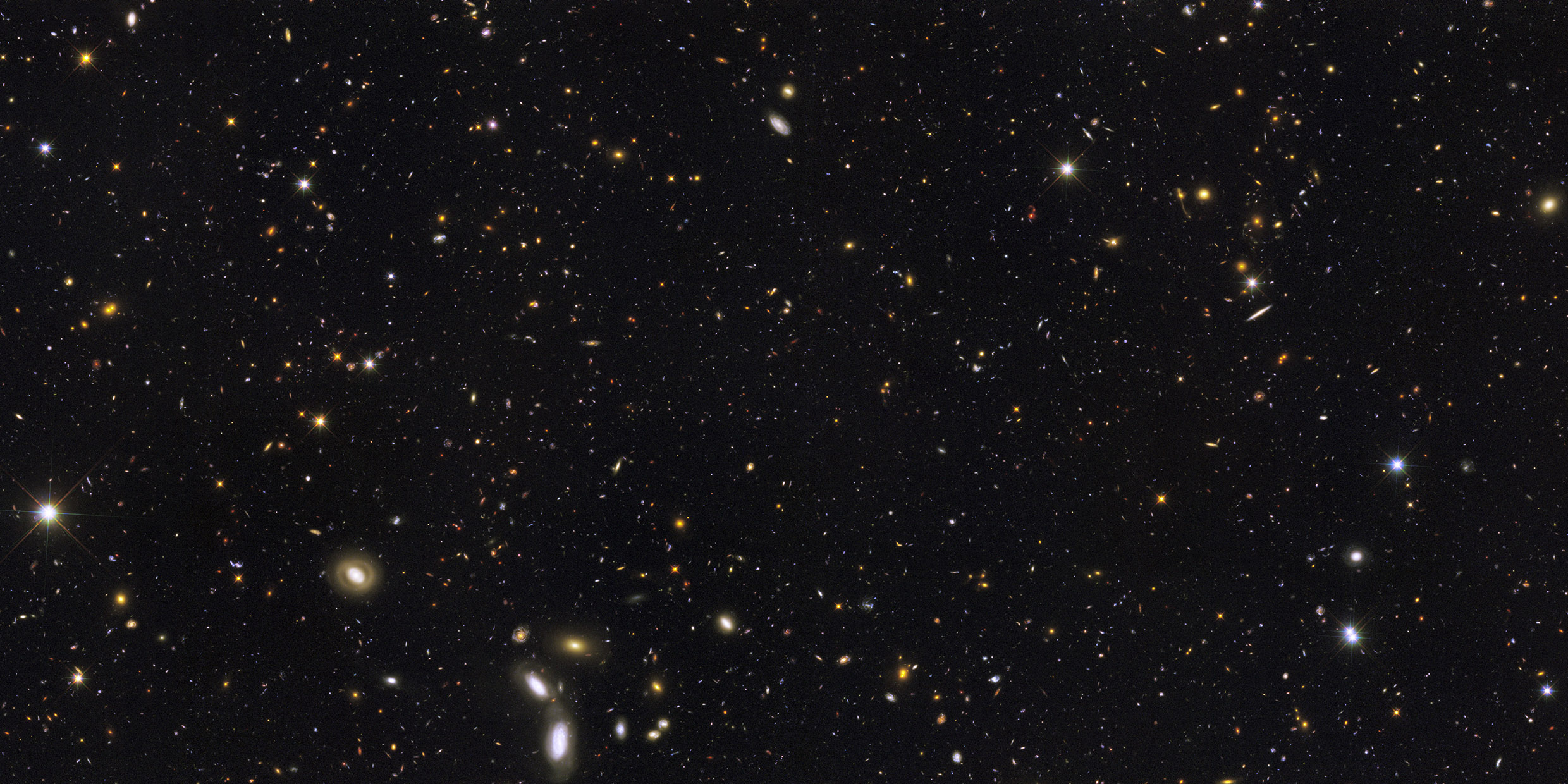Originally published 28 April 1986
The cluster of white domes on Siding Spring Mountain in New South Wales, Australia, reminded me of the bulbs of the white Aminita mushrooms that spring up overnight in the New England woodlands after an autumn rain.
I had traveled to Australia to look at Halley’s Comet. The comet was worth the long journey, but the observatories on Siding Spring Mountain were in many ways more exciting. The setting for this great scientific facility is spectacular. On every side of the mountain are the jagged volcanic peaks of the Warrumbungle Mountains, mantled with gum trees and bush birds. In the grassy valleys at the base of the mountains kangaroos and emus graze at dawn and sunset. Beyond the mountains the featureless outback reaches to the far horizon.
In the largest of the domes is housed the Anglo-Australian 3.9‑meter telescope, one of the largest telescopes in the southern hemisphere. Another building contains the Australian Advanced Technology Telescope, a pioneer in the new economies that can be achieved in telescope design by exploiting the capabilities of high-speed computers. Other domes hold smaller instruments. It was in the dome that housed the British 1.2‑meter Schmidt “camera” that I found what I was looking for.
The Schmidt telescope is engaged in a systematic photographic survey of the southern sky. The photographs are made on glass plates coated with emulsions created especially for astronomy. The glass plates are not much thicker than a thumbnail. They are thin so they can be bent to match the curved focal surface of the telescope. Each plate is about the size of a newspaper page and covers a part of the sky equal to the size of your palm held at arm’s length. A typical exposure lasts about one hour, during which time the telescope must be moved with extreme accuracy to compensate for the turning of the earth.
Millions of images
The telescope was designed to record much fainter stars and more distant galaxies than have ever been seen before. Each photograph contains between 1 million and 10 million visible images. The images are sharp spots and fuzzy spots. The sharp spots are stars in our own Milky Way Galaxy. The fuzzy spots are mostly other galaxies, other island universes that contain as many as a trillion stars apiece. About half of the images on any single plate are galaxies.
I had the opportunity to examine several contact negatives with a magnifier. In the magnifier, the brightest of the fuzzy spots became spiral galaxies of dazzling detail. Many of the fuzzy spots were interacting galaxies, two or more great star systems locked in a spiral-distorting gravitational dance.
It would require almost 1800 of these photographs to cover the entire sky. On each plate there are recorded as many as a million galaxies. Each galaxy contains hundreds of billions of stars. Many of those stars, like our own sun, have planets. With the magnifier, I examined in a few minutes more worlds than my mind was capable of imagining.
What does it mean, this extravagant profusion of worlds? I had traveled halfway around one tiny planet to visit Siding Spring Mountain. It seemed an enormous distance. Traveling at the same speed, it would take me 2 trillion years to reach the nearest of the galaxies on the photographs, and to reach the most distant of the recorded galaxies would require a time greater than the age of the universe.
Often, when I am teaching about the universe of the galaxies, one of my students will say to me, “It all makes me feel so small.” I disagree. Every galaxy that is fixed on a photographic plate has become a permanent part of the human imagination. Through the agency of the telescopes on Siding Spring Mountain, and others like them throughout the world, the human mind has gone out to embrace the distant galaxies. We may be physically small compared to the galaxies, but our minds can be as large as the universe.
Boundless imagination
In cosmic time, the domes on Siding Spring Mountain sprang up as quickly as mushrooms. And they will disappear as quickly. Like mushrooms, they are part of the story of life in the universe, a universe that here — and probably elsewhere — has achieved self-consciousness.
As I examined the photographic negatives, this thought occurred to me: We are almost certainly not the brightest thing the universe has yet thrown forth, but we are certainly not small. Our imaginations are billions of light years wide. We can justifiably say with Shakespeare’s Miranda: “O, wonder! How many goodly creatures are there here! How beauteous mankind is! O brave new world that has such people in’t!”



